I am not quite sure if this is possible through SQL query alone.
Let's say I have a table with the following data and structure:
ID | Item Code | Store Name | Store Price
1 | 101 | Red | 10.00
2 | 101 | Blue | 9.75
3 | 102 | Green | 11.50
4 | 103 | Black | 5.75
5 | 103 | Yellow | 4.50
6 | 103 | Purple | 6.00
And I want to have a result like this:
ItemCode | Store1Name | Store1Price | Store2Name | Store2Price | Store3Name | Store3Price
101 | Red | 10.00 | Blue | 9.75 | |
102 | Green | 11.50 | | | |
103 | Purple | 6.00 | Black | 5.75 | Yellow | 4.50
I am currently trying on using JOINS to solve this problem but still can't get the desired result.
Sample JOIN I created:
SELECT A.ItemCode [ItemCode], A.StoreName [Store1Name], A.StorePrice [Store1Price],
B.StoreName [Store2Name], B.StorePrice [Store2Price],
C.StoreName [Store3Name], c.StorePrice [Store3Price]
FROM tblStorePrice A
LEFT JOIN tblStorePrice B ON A.ItemCode = B.ItemCode AND A.ID <> B.ID
LEFT JOIN tblStorePrice C ON A.ItemCode = C.ItemCode AND A.ID <> C.ID
Note:
The table only stores three stores per Item Code (at maximum). Item Code with less than 3 stores should have null values for the result.
Hoping to have positive feedback and response. Thanks in advance, guys! :)
